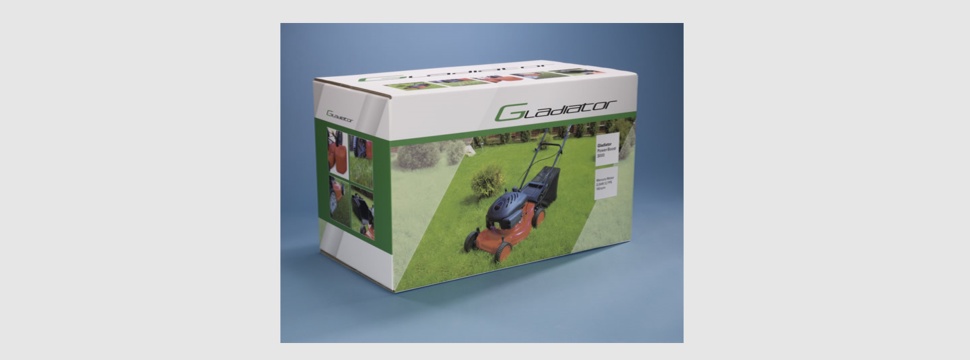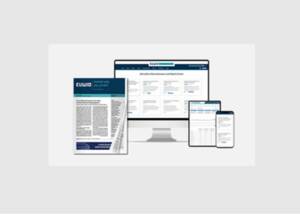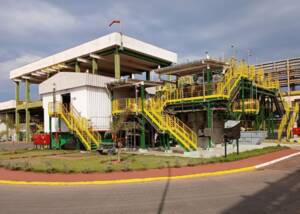VDW: Current life cycle assessment study on transport packaging is a trend-setting signal for policymakers
News General news
Association comments on draft European packaging regulation

On the occasion of a circulating draft of the European Commission for a packaging regulation, the Verband der Wellpappen-Industrie e.V. (VDW) states: "With regard to the detailed specifications and the feasibility of implementation, the document still raises some questions. However, a blanket environmental preference for reusable solutions over recyclable corrugated board packaging would be unjustified in any case. For example, a recent life cycle study published by FEFCO (European Federation of Corrugated Board Manufacturers) once again shows how corrugated board packaging can hold its own against reusable packaging in the life cycle assessment of a specific case study. A meta-study also recently published by FEFCO also analyzes so-called hotspots of e-commerce logistics - stations in the life cycle of shipping packaging with significant environmental effects - and identifies the real number of usage cycles of reusable packaging as the most significant adjusting screw. In addition, the meta-study assesses the data situation on the number of real usage cycles of reusable solutions as uncertain.
"Currently, a draft of the European Commission for a packaging regulation is circulating, which has not yet been officially presented and which aims for extremely ambitious targets for the use of reusable transport packaging. However, current study results impressively show that such a blanket preference for reusable transport packaging has no basis whatsoever," explains VDW Managing Director Dr. Oliver Wolfrum. "As early as 2021, the VDW demonstrated on the basis of an analysis of the greenhouse gas balance of various mail-order packaging. Depending on the case study, recyclable corrugated board can also come out ahead, so reusable is by no means always the more sustainable solution. The new FEFCO studies corroborate the facts and are thus a trend-setting signal for politicians. If reusable solutions can perform worse than corrugated board in the life cycle assessment of specific packaging cases, it is important to select the optimum packaging depending on the product and transport requirements - and to do so optimally in terms of product protection and sustainability. Quota specifications would be out of place here," warns the VDW managing director.
The new life cycle analysis of transport packaging was commissioned by FEFCO and carried out by the consulting firm Ramboll in accordance with the ISO 14040 and ISO 14044 standards, and reviewed in a peer review process. The study compares the environmental footprint of crates made of recyclable corrugated board with that of multiway crates made of plastic on the basis of 15 environmental categories. It assumes the transport of one ton of vegetables from the producing company to the retailer. The result: fiber-based crates perform better than reusable packaging in ten of the 15 categories, for example with regard to climate change, the use of fossil resources, water consumption and ozone layer depletion.
In addition, the study examines further scenarios for the climate change category. The environmental impact of packaging was thus also examined for this category under modified assumptions. For example, in one scenario for returnable crates, a lower value of 0.5 percent was used instead of a breakage rate of 2.5 percent. Nevertheless, corrugated board transport packaging was able to prevail over multiway crates in 13 of the 14 alternative scenarios examined.
In a further analysis, Ramboll identified so-called hotspots of the e-commerce logistics chain on behalf of FEFCO. This was a meta-study for which existing data and research as well as interviews with experts on reusable and disposable packaging were evaluated. The term hotspot was defined as a station in the life cycle of a package that accounts for a significant portion of its environmental footprint. The five most important hotspots were found to be 1. the real number of uses of reusable packaging, 2. logistics parameters such as transport routes or storage, 3. the recycled content of packaging, 4. the amount of material used, and 5. the number of facilities available for recycling, cleaning or reprocessing. On the most important hotspot - the real number of usage cycles of reusable packaging - the study notes that the data on this is still uncertain and unconvincing in some of the sources examined.
"For corrugated board, on the other hand, it is now assured that the paper fibers it contains can be recycled at least 20 times," emphasizes VDW Managing Director Wolfrum. "The second to fifth places of the most important hotspots in e-commerce logistics also underline that the well-known advantages of corrugated board are of decisive importance with regard to sustainability goals: Availability in all regions of Germany, an already high recycling share of packaging, a more efficient use of materials in connection with ever more precisely fitting packaging solutions, and a firmly established material cycle that is also widely accepted and actively supported by the population," summarizes Wolfrum.










